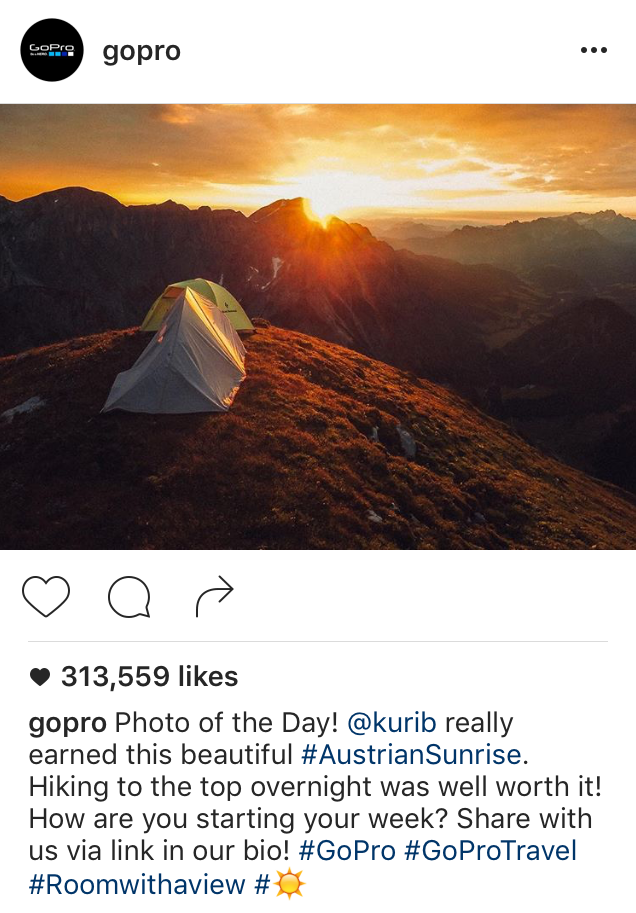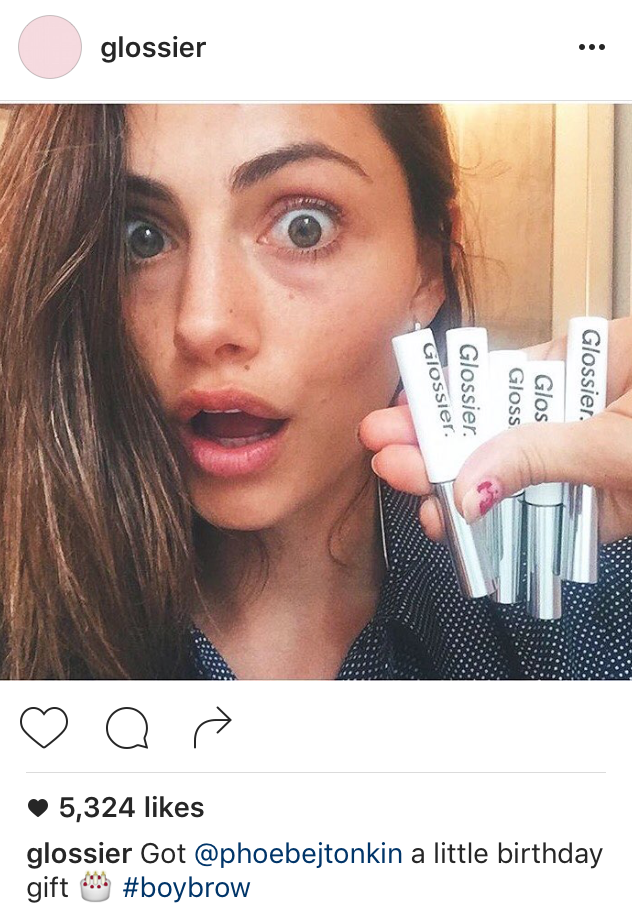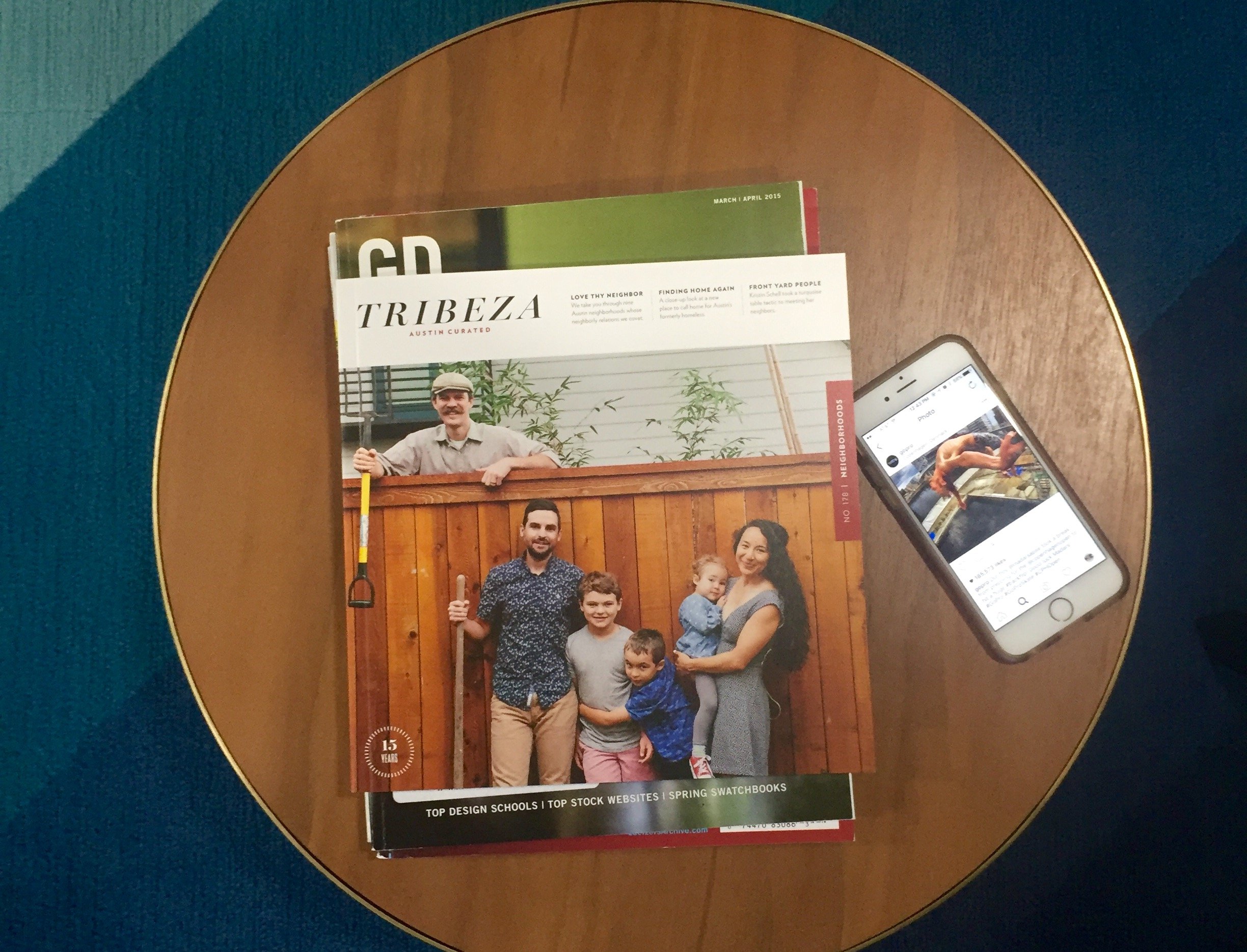Within us all is a powerful psychological urge to follow the lead of other humans.
Have you ever followed someone off an elevator on the wrong floor, not realizing until the doors shut behind you? In fact, an entire psychological study on elevator behavior revealed a much larger truth. Here’s the scenario.
You’re waiting for the elevator. The doors open, and you see five people already standing inside. Instead of their faces, you see their backs. They’re all are turned away from you, facing the wall. You step in, confused. What do they know that you don’t? Why aren’t you in on the joke?
So, what do you do? According to Solomon Asch, you’ll face backwards, too. Humans crave conformity. We tend not to question large groups of people with a seemingly evident purpose or direction. We trust that they want what we want. Call it herd mentality or following a trend, it permeates much of our consumer experiences, and marketers are already taking advantage of it. Prudential even incorporated the Asch study into a TV spot, skipping straight to the point with the tagline, “Everybody’s Doing It.”
Much like how we’ll match our own behavior to those around us, we like to know that other people are buying certain products or services before we buy in ourselves. Challenger brands harness the power of conformity to build tribes of customers that think the way they do. That’s why they incorporate user-generated content (UGC) into their social strategies.
UGC is most often a visual of a customer using a brand’s product in a creative or artistic way, posted to social media. Brands can source UGC many ways, whether it be a submission through a contest, a tagged photo on Twitter, or a hashtagged video on Vine. This content is then posted by the brand to their social media accounts, tagging the original post’s creator.
Incorporating user-generated content into your social strategy has many benefits. Here are three reasons to begin leveraging UGC for your own brand:
1. It’s a modern-day testimonial.
Testimonials have been around for ages. And for good reason. We appreciate knowing what real humanoids are using before spending our hard earned money on a product or service. This explains why Yelp ratings and Amazon reviews have become such a powerful force driving consumer behavior. If other people are buying it, we feel more comfortable following suit. UGC quenches this consumer thirst for real world endorsements in fun, relatable and snackable pieces of online content. Take REI for example. They rely on their dedicated customers to submit breathtaking photos of themselves actually using REI’s products, providing real time testimonials and a steady stream of beautiful content.

2. Two birds, one stone.
By featuring an actual user of your product or service, you are both giving recognition to a current customer, making them feel special, and also driving a desire for recognition from prospective customers. They are likely to begin posting their own photos or stories about your product or service for a chance to be featured. It’s free word-of-mouth right at your fingertips. Best of all, it’s also a proof of concept for any future UGC submission campaigns, like this submission contest from

3. It’s more accessible and authentic than influencer marketing.
Influencers are often social media personalities with a large amount of followers who influence a specific type of consumer that aligns with a brand’s target audience. The influencer is usually paid to endorse a product or service and share it with their followers. While there’s a place for this, UGC is different. In this case, you are using organically posted content from an actual customer, who may not have much influence at all, and are posting it to the brand’s social outlets. Glossier, an Instagram-born e-cosmetics brand, understands the difference. Not only do they feature actual customers using their products, they reward them for sharing. UGC is a win-win-win for your strategy. The only thing it costs is your time.

Is UGC right for your brand? There’s only one way to find out: test it.
Begin by selecting content that is creative and visually appealing. And never, ever forget to tag the customer who originally posted the content. And lastly, go easy on the gas. Do not post UGC more than twice per month. Posting excessive UGC removes the exclusivity from the featured customer, which can diminish brand loyalty and annoy the followers you’ve worked so hard to attract.
Any way you slice it, building advocacy is critical to the success of every rising brand to curate customers who believe what you believe. Since challenger brands have to get creative with resources in order to outthink, not outspend the competition, there’s no better way to scale advocacy than through user-generated content. Whether you’re an ambitious startup with a growing tribe or a bigger brand with a sizeable but silent fan base, start small, see what works and build from there. Get it right and you’ll be toppling giants in no time.


